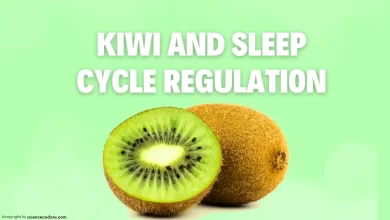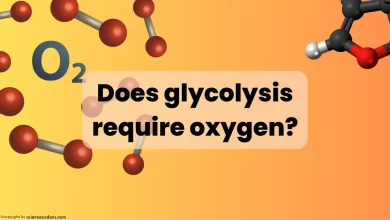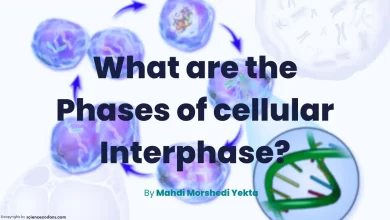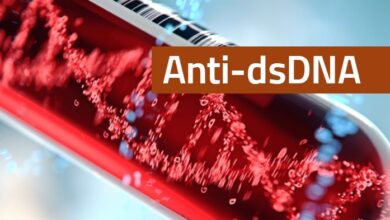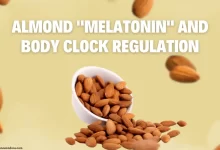Histones play a crucial role in packaging DNA within the nucleus of eukaryotic cells. The primary function of histones is to help organize and compact the long strands of DNA into a more condensed and manageable structure, known as chromatin. This packaging allows for the efficient storage of DNA and regulates access to genetic information.
The DNA molecule wraps around histone proteins to form structures called nucleosomes. A nucleosome consists of DNA coiled around a core of eight histone proteins, forming a bead-like structure. Linker DNA regions connect the nucleosomes.
The functions of histones in DNA packaging include:
-
Compaction: Histones compact the DNA by forming nucleosomes, which reduce the physical size of the DNA molecule. This compaction is crucial for fitting the long DNA strands into the relatively small space of the cell nucleus.
-
Stability: Histones provide structural stability to the DNA molecule. They help protect the DNA from damage and prevent tangling or breakage of the DNA strands.
-
Regulation of gene expression: The packaging of DNA with histones plays a role in regulating gene expression. The tightness or looseness of the DNA-histone complex can affect the accessibility of specific DNA regions to transcription factors and other proteins involved in gene regulation. Changes in the positioning of histones can either promote or inhibit gene expression.
By packaging DNA into a condensed and organized structure, histones contribute to the efficient storage, protection, and regulation of genetic information within the nucleus of eukaryotic cells.
